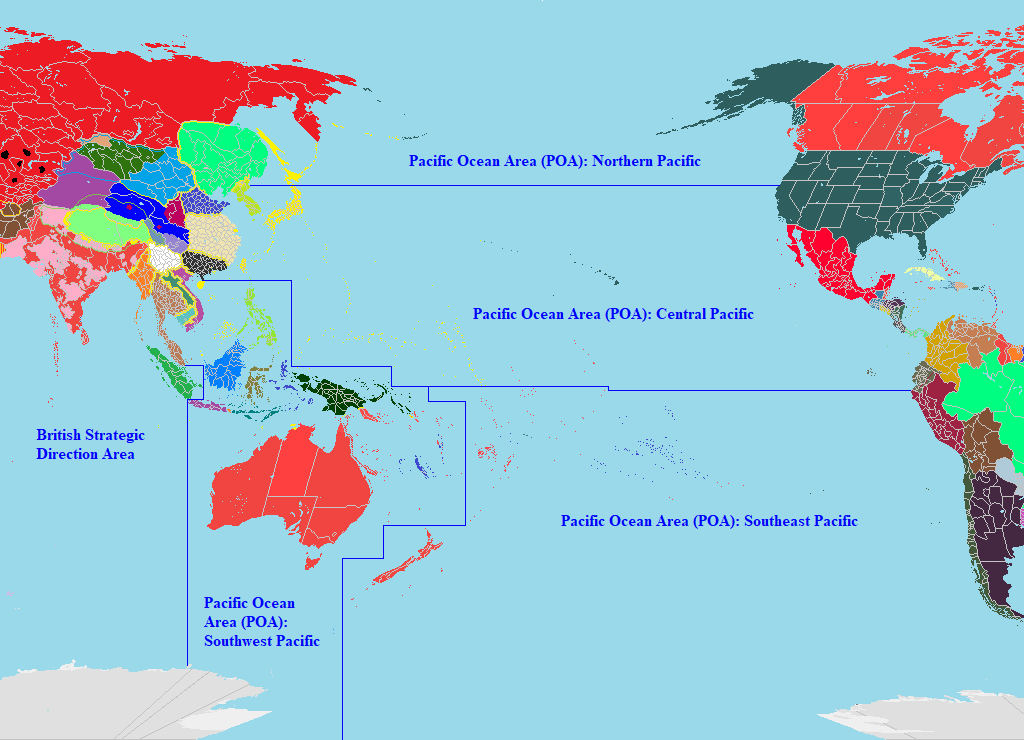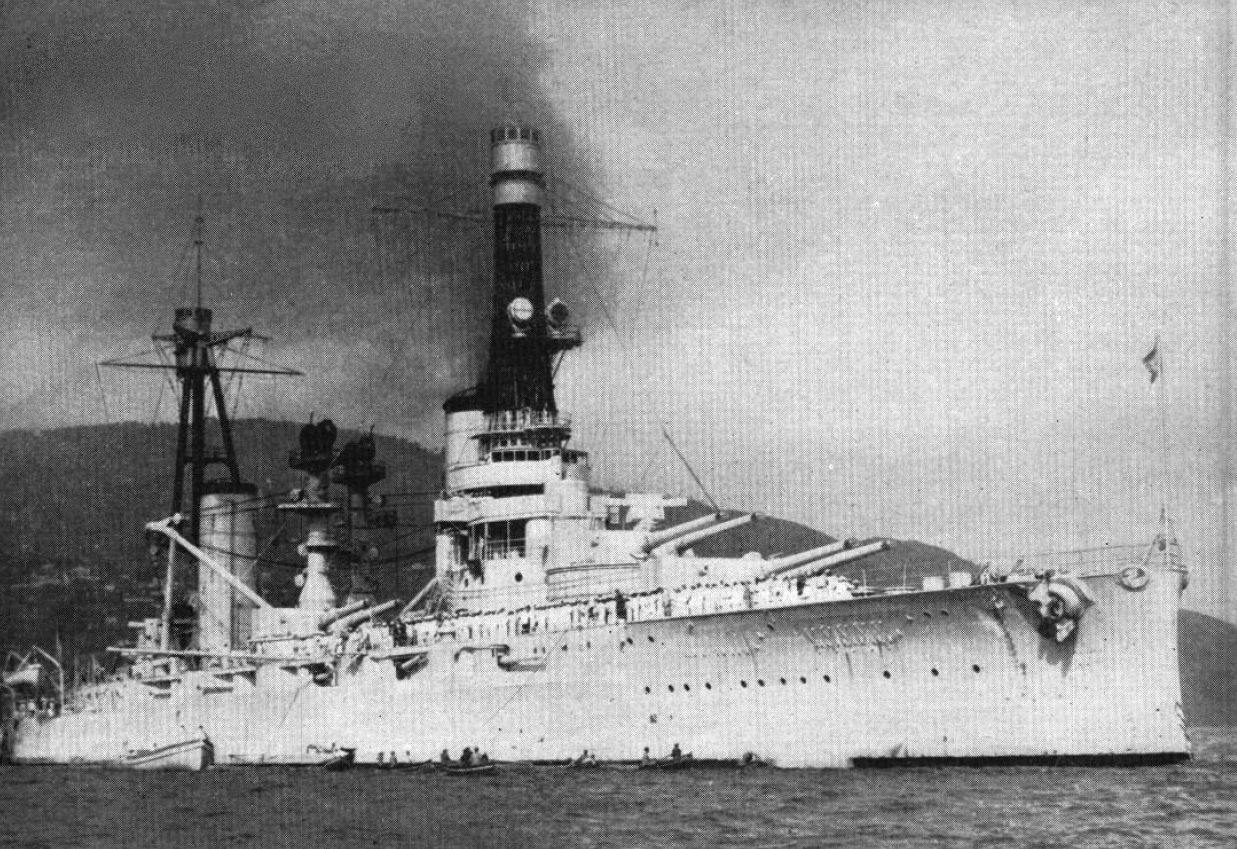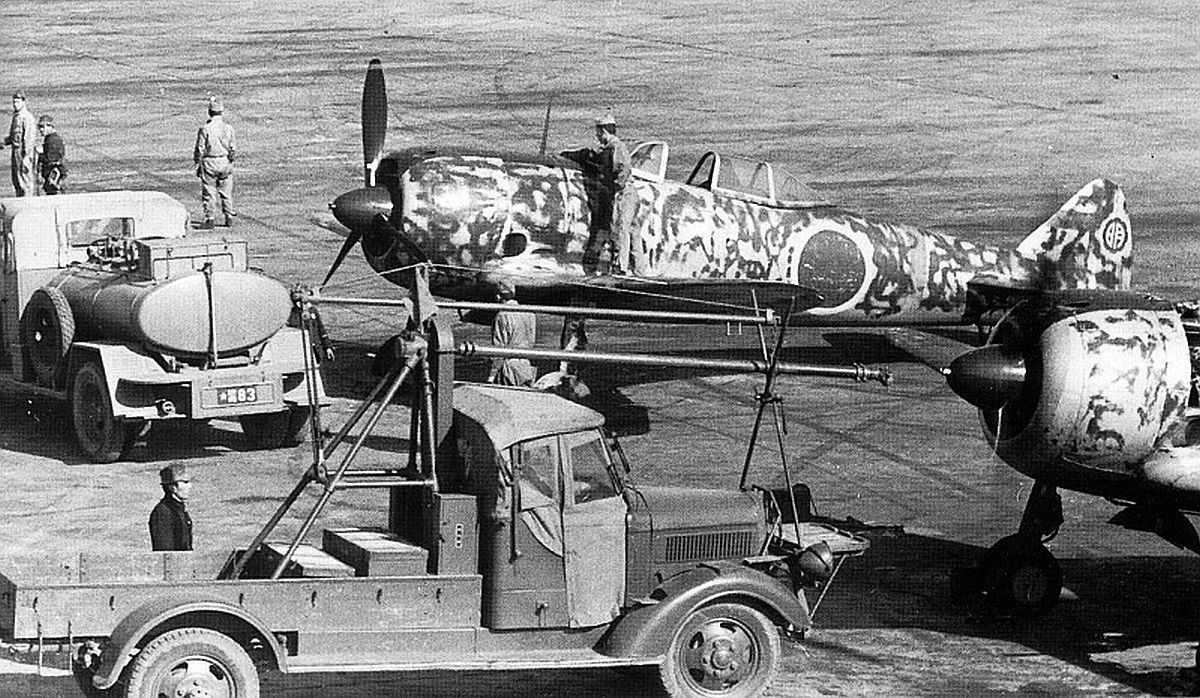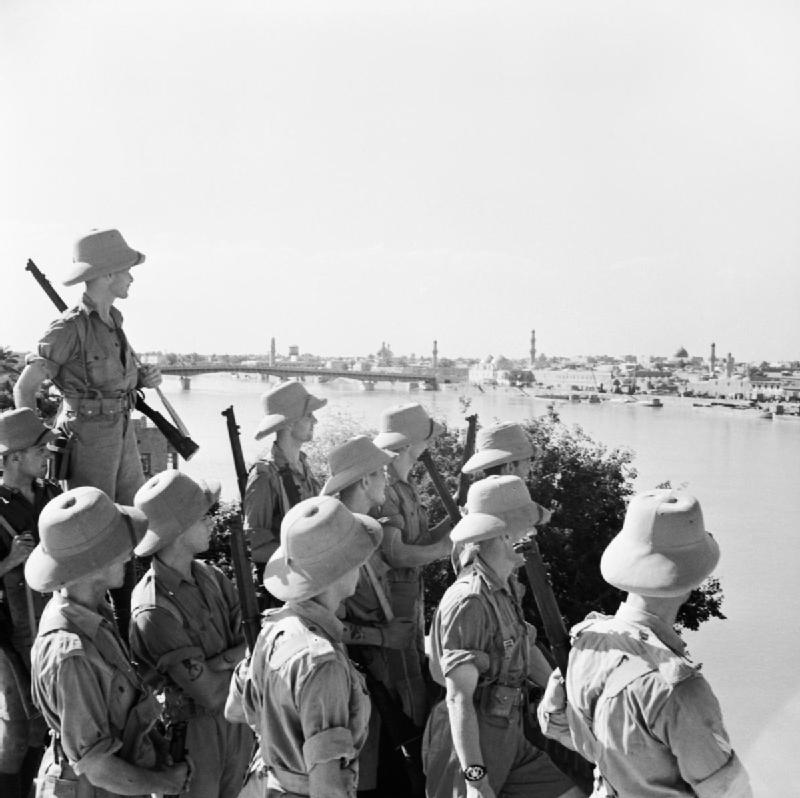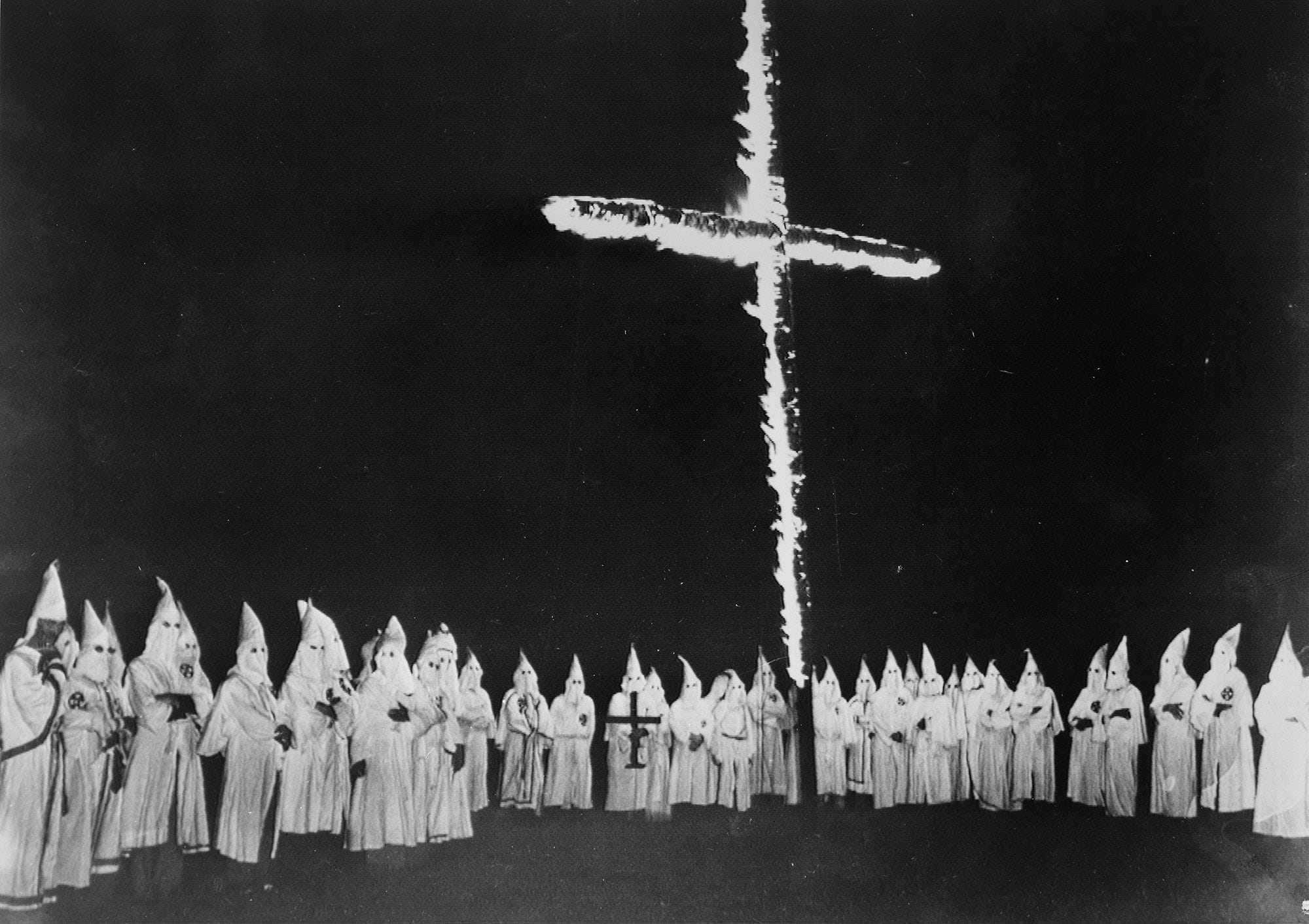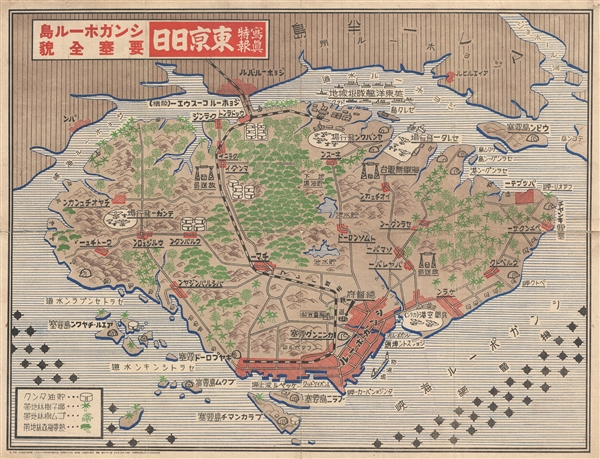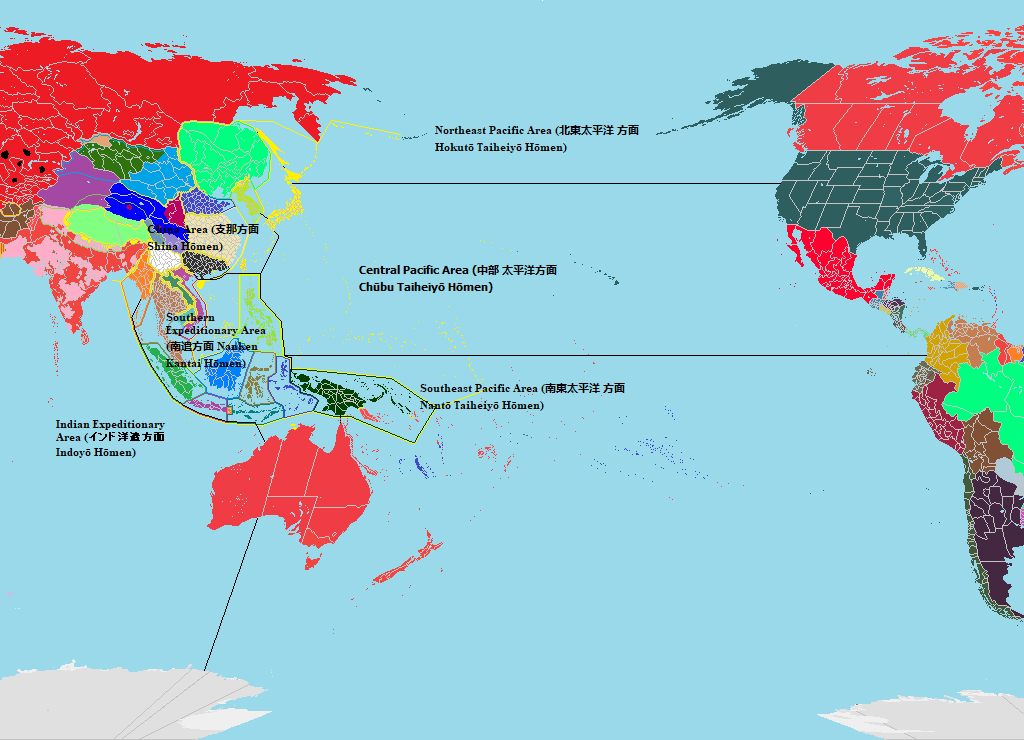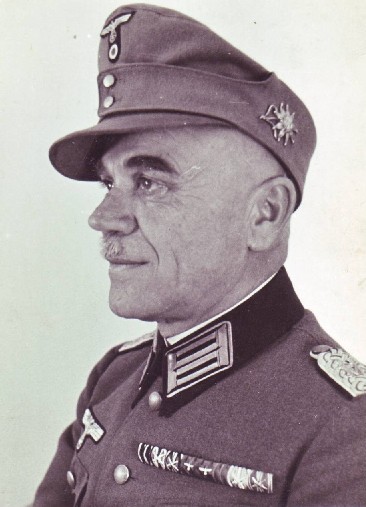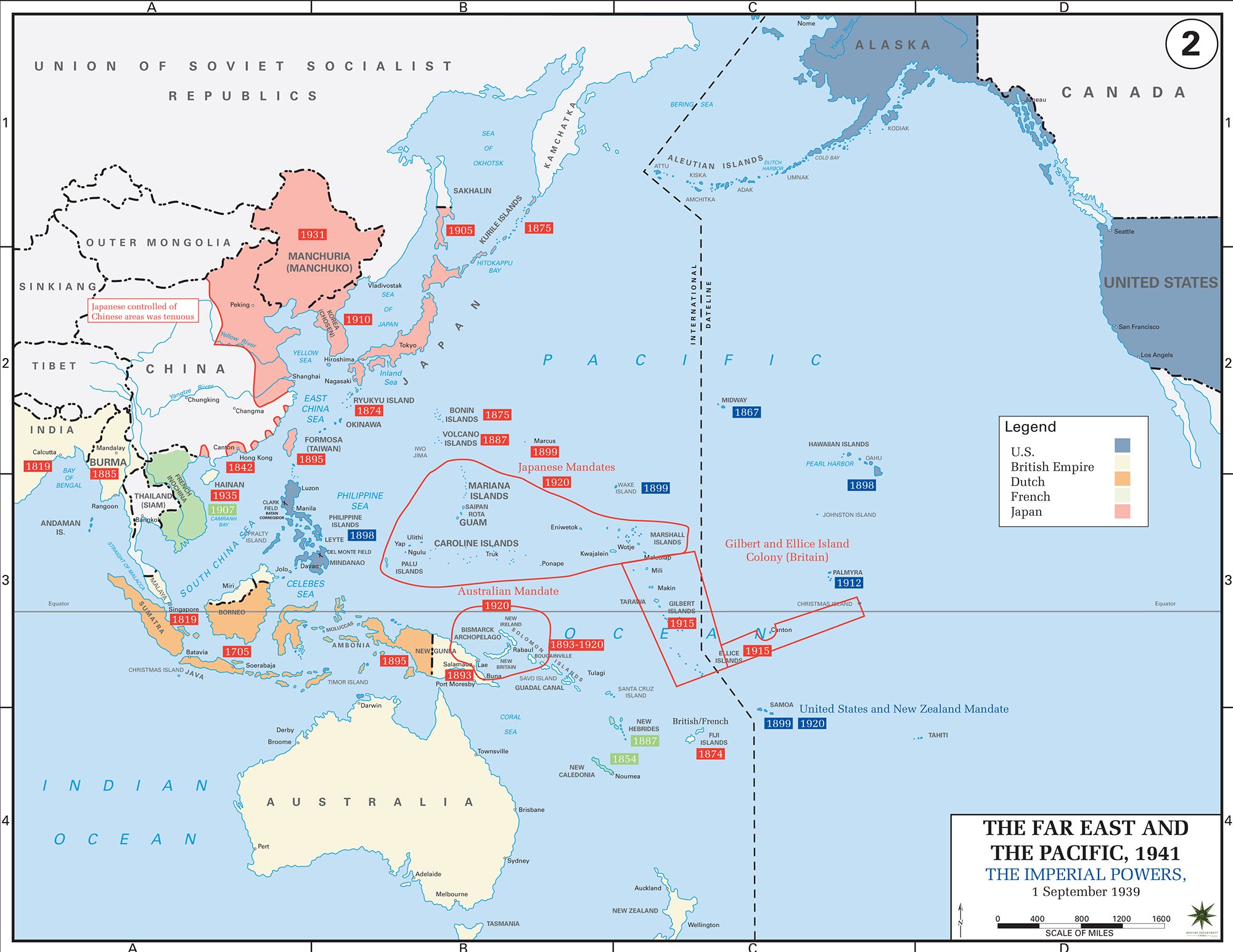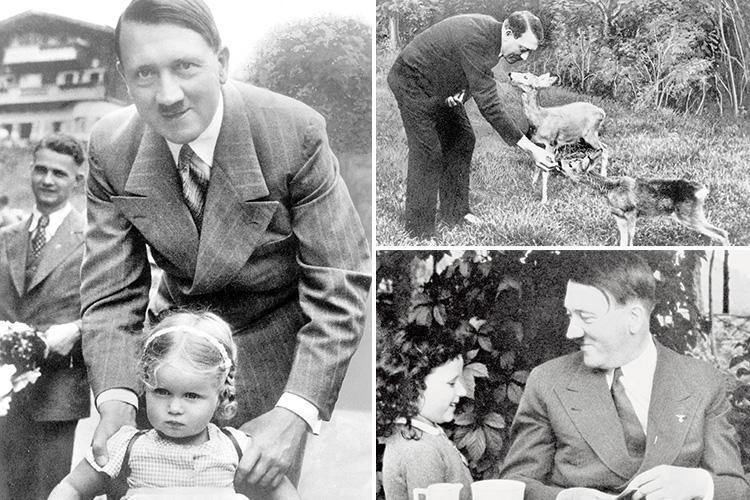Chapter 665: The Axis Central Powers Oil Situation
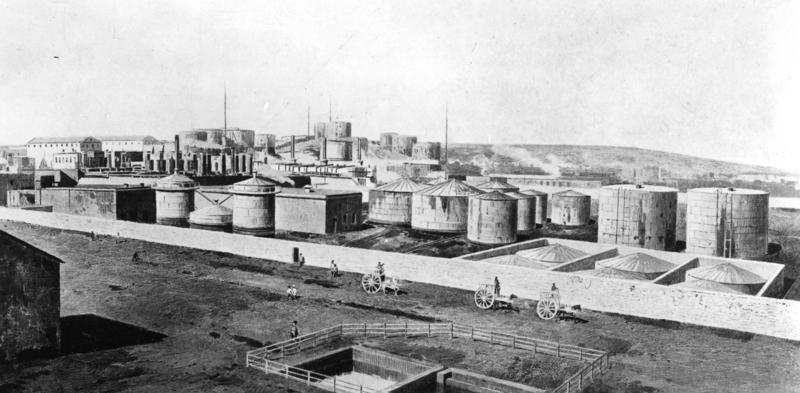
The German Empire had run into serious oil and petroleum problems during the Battle of France, the Axis Central Powers victory there gave them access to 682,128 tons of stolen oil. Till 1942 the German synthetic oil production had also increased to around 3,765 million tons synthetic oil (around 57% of German oil consumption, or about 92% of aviation gasoline) and was intended to be pushed even further, as the mass of German oil supply (63% to 72% before the war had been imported from the Western Hemisphere). Because of that the Allied bombing raids tried to target these synthetic oil plants whenever they could. Imperial Air Admiral Hermann Göring had called for a Imperial German Air Force to defeat the Soviet Union and protect the Fortress of Europe, numbering 15,000 to 25,000 planes, that would then consume the equivalent of 60% of the 1935/ 1936 world's oil production. With the expansion of the Axis Central Powers military to fight this more motorized, mechanized Second Great War, the German Empire was in dire need of further oil supplies. Besides their synthetic oil 1,038 million tons domestic oil were produced in Germany alone, mostly in the northwest Hannover and such as well as Baden and Würtemberg. Another 1,219 million tons came from Austria (Zistersdorf), 634 million tons were produced in Hungary (Balaton and Budafpusza), 159 million tons came from Poland (Jasto), as well as 2,062 million tons from Romania in 1942 (their oil production was later increased to around 5 million tons at the height of the Second Great War, a drastic decrease from their 8,7 million tons in 1936). Frontline forces even had to be supplied with oil from those forces further behind to keep going, a situation worsening in Russia, as there was not enough for the whole German tank, motorized and mechanized forces. The 26% to 52% shortfall could only be made up by conquering oil from Russia and this the Axis Central Powers focused on the Caucasian region, capturing Maikop (that produced 19 million barrels annually), Grozny (that produced 32 million barrels annually), and Baku (that produced 170 million barrels annually, mainly captured intact as the local Azerbaijany forces joined with the Axis Central Powers). Overall the Axis Central Powers needed a total of around 24,000,000 million tons in 1942 alone. Like everywhere in the Soviet Union, retreating forces destroyed or dismantled area's of production and usable installations, making the Axis Central Powers start from scratch. Experiencing this before Hermann Göring's staff had begun making the necessary preparations in advance. But a shortage of transport that was competing with military requirements, a shortage of drill equipment as well as drillers, and the absence of refining capacity at Maikop, Grozny and Baku created such difficulties that when the German forces had captured them, they were only able to extract around 1/4th or 1/5th (between 194,2 million to 205,3 million barrels, or 26 million to 27,85 million tons) of the former production for most of the Second Great War.
This still meant that the Axis Central Powers suddenly had enough oil and petroleum for their expanding air and tank forces after the Caucasian Campaign, while the Soviet Union's Production decreased to 1/3rd of it's former million tons production, making it becoming heavily depending on Allied (mostly American oil imports, as the USA increased it's production, producing 3.7 million barrels/ 504,774 tons per day to 4.7 million barrels/ 641,200 tons per day, so that by a Allies consumption of 7 billion barrels of oil, 6 billion of which came from the United States alone). Together with the Axis Central Power conquest of northern Iraq oil fields another 1,135,000 tons of production fell into the German hands, however the fact that some of this pipelines and railroads still lead to Allied controlled regions in Iraq, Syria and Transjordania (or Soviet Union controlled ones in the Caucasus had been destroyed), meant that the Axis Cental Powers could not fully access, the 15% to 18% of the world's oil production they had under there control in 1942. Britain meanwhile heavily relied on the remaining Middle East, were Persia produced 14,563,000 tons, the unoccupied parts of Iraq produced 3,163,000 tons, Bahrein produced around 1,062,000 tons, Kuweit would produce around 600,000 tons in 1944 thanks to American-British companies, and Saudi Arabia would produce around 6,400,000 tons. This lead to the bombing of Axis Central Power captured/ controlled Oil Fields by the Allies (mainly the Americans and British bombers) and Allied controlled Middle East Oil Fields by the Axis Central Powers (mainly German, Ottoman and Italian bombers). However Stalin in his paranoia openly warned the Allies to not bomb the Caucasian oil fields, as he mistrusted them to only do so to back-stab him, once they were finished with the German, using this opportunity to further weak the war torn Soviet Union. Because of this, Stalin wasted many of his own fighters and bombers trying to destroy the railroads, roads and pipelines coming from this oil fields instead, to deny their use for the Axis Central Powers, while still being able to capture them mostly intact afterwards. During this campaign the Soviet Union's already weakened air forces lost even more pilots and planes to their already superior German counterpart.

The German Empire had run into serious oil and petroleum problems during the Battle of France, the Axis Central Powers victory there gave them access to 682,128 tons of stolen oil. Till 1942 the German synthetic oil production had also increased to around 3,765 million tons synthetic oil (around 57% of German oil consumption, or about 92% of aviation gasoline) and was intended to be pushed even further, as the mass of German oil supply (63% to 72% before the war had been imported from the Western Hemisphere). Because of that the Allied bombing raids tried to target these synthetic oil plants whenever they could. Imperial Air Admiral Hermann Göring had called for a Imperial German Air Force to defeat the Soviet Union and protect the Fortress of Europe, numbering 15,000 to 25,000 planes, that would then consume the equivalent of 60% of the 1935/ 1936 world's oil production. With the expansion of the Axis Central Powers military to fight this more motorized, mechanized Second Great War, the German Empire was in dire need of further oil supplies. Besides their synthetic oil 1,038 million tons domestic oil were produced in Germany alone, mostly in the northwest Hannover and such as well as Baden and Würtemberg. Another 1,219 million tons came from Austria (Zistersdorf), 634 million tons were produced in Hungary (Balaton and Budafpusza), 159 million tons came from Poland (Jasto), as well as 2,062 million tons from Romania in 1942 (their oil production was later increased to around 5 million tons at the height of the Second Great War, a drastic decrease from their 8,7 million tons in 1936). Frontline forces even had to be supplied with oil from those forces further behind to keep going, a situation worsening in Russia, as there was not enough for the whole German tank, motorized and mechanized forces. The 26% to 52% shortfall could only be made up by conquering oil from Russia and this the Axis Central Powers focused on the Caucasian region, capturing Maikop (that produced 19 million barrels annually), Grozny (that produced 32 million barrels annually), and Baku (that produced 170 million barrels annually, mainly captured intact as the local Azerbaijany forces joined with the Axis Central Powers). Overall the Axis Central Powers needed a total of around 24,000,000 million tons in 1942 alone. Like everywhere in the Soviet Union, retreating forces destroyed or dismantled area's of production and usable installations, making the Axis Central Powers start from scratch. Experiencing this before Hermann Göring's staff had begun making the necessary preparations in advance. But a shortage of transport that was competing with military requirements, a shortage of drill equipment as well as drillers, and the absence of refining capacity at Maikop, Grozny and Baku created such difficulties that when the German forces had captured them, they were only able to extract around 1/4th or 1/5th (between 194,2 million to 205,3 million barrels, or 26 million to 27,85 million tons) of the former production for most of the Second Great War.
This still meant that the Axis Central Powers suddenly had enough oil and petroleum for their expanding air and tank forces after the Caucasian Campaign, while the Soviet Union's Production decreased to 1/3rd of it's former million tons production, making it becoming heavily depending on Allied (mostly American oil imports, as the USA increased it's production, producing 3.7 million barrels/ 504,774 tons per day to 4.7 million barrels/ 641,200 tons per day, so that by a Allies consumption of 7 billion barrels of oil, 6 billion of which came from the United States alone). Together with the Axis Central Power conquest of northern Iraq oil fields another 1,135,000 tons of production fell into the German hands, however the fact that some of this pipelines and railroads still lead to Allied controlled regions in Iraq, Syria and Transjordania (or Soviet Union controlled ones in the Caucasus had been destroyed), meant that the Axis Cental Powers could not fully access, the 15% to 18% of the world's oil production they had under there control in 1942. Britain meanwhile heavily relied on the remaining Middle East, were Persia produced 14,563,000 tons, the unoccupied parts of Iraq produced 3,163,000 tons, Bahrein produced around 1,062,000 tons, Kuweit would produce around 600,000 tons in 1944 thanks to American-British companies, and Saudi Arabia would produce around 6,400,000 tons. This lead to the bombing of Axis Central Power captured/ controlled Oil Fields by the Allies (mainly the Americans and British bombers) and Allied controlled Middle East Oil Fields by the Axis Central Powers (mainly German, Ottoman and Italian bombers). However Stalin in his paranoia openly warned the Allies to not bomb the Caucasian oil fields, as he mistrusted them to only do so to back-stab him, once they were finished with the German, using this opportunity to further weak the war torn Soviet Union. Because of this, Stalin wasted many of his own fighters and bombers trying to destroy the railroads, roads and pipelines coming from this oil fields instead, to deny their use for the Axis Central Powers, while still being able to capture them mostly intact afterwards. During this campaign the Soviet Union's already weakened air forces lost even more pilots and planes to their already superior German counterpart.




